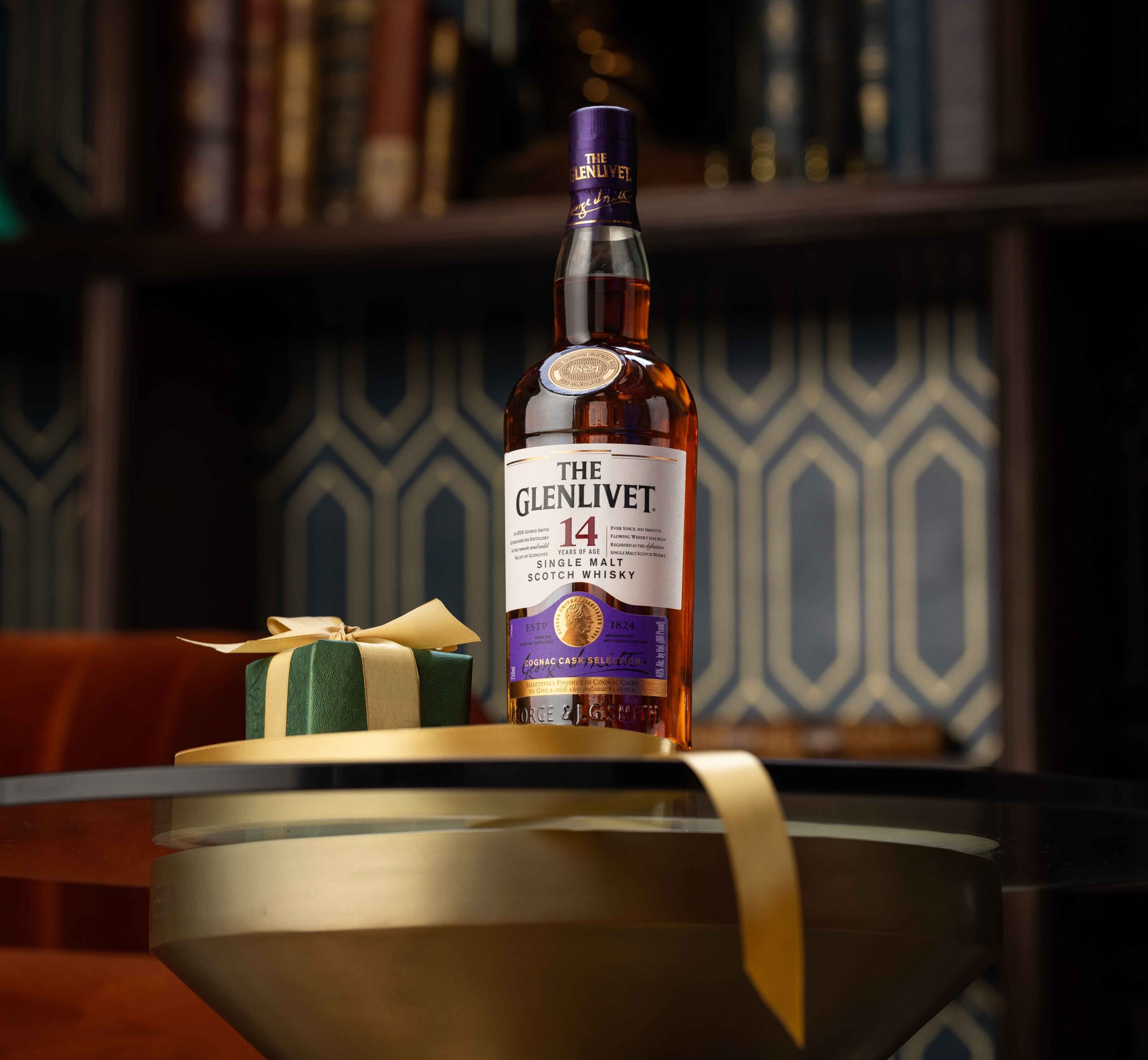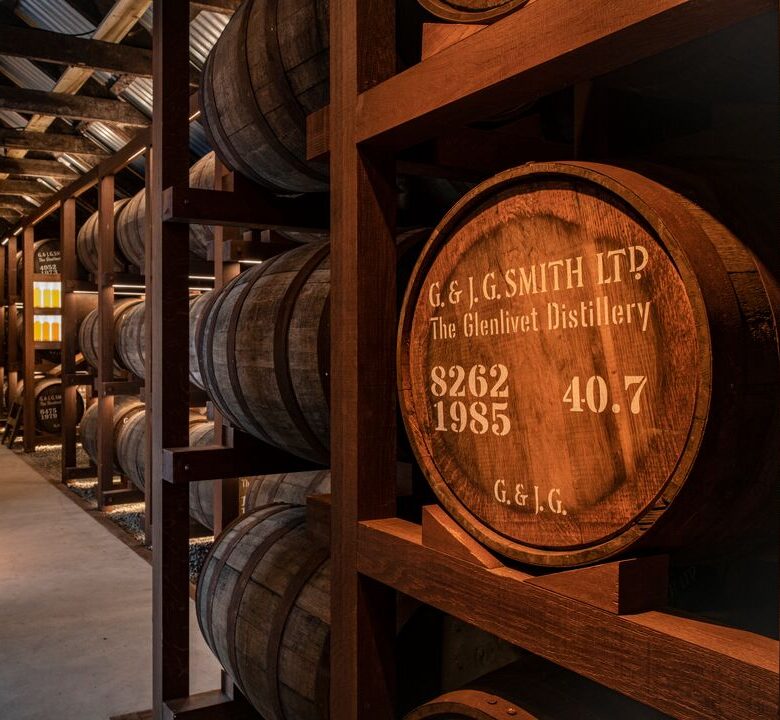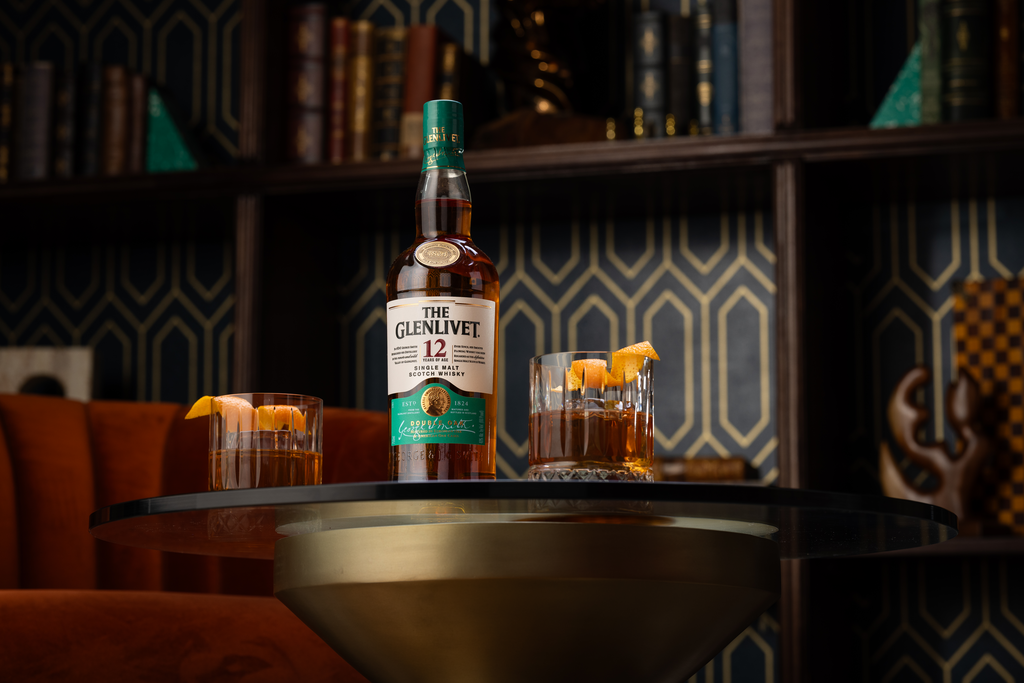
Eggs are a mainstay of many much-loved dishes. A weekend fry-up just wouldn’t be the same without them and a carbonara would be less rich and creamy if they weren’t an ingredient. A core component of a cocktail, however? Well, we understand if that notion is a little harder to wrap your head around.
After reading this article, though, we think you’ll change your mind. We delve into how egg white came to be a key addition to cocktails and give you step-by-step instructions on how to make sure your egg white is shaken, not scrambled. Ready? Let’s get cracking.
Eggs are a mainstay of many much-loved dishes. A weekend fry-up just wouldn’t be the same without them and a carbonara would be less rich and creamy if they weren’t an ingredient. A core component of a cocktail, however? Well, we understand if that notion is a little harder to wrap your head around.
After reading this article, though, we think you’ll change your mind. We delve into how egg white came to be a key addition to cocktails and give you step-by-step instructions on how to make sure your egg white is shaken, not scrambled. Ready? Let’s get cracking.
The history of egg white in cocktails
Eggs in beverages isn’t a new notion. Eggnog, which is a much-loved festive favourite, first appeared in 14th century England. Made from beaten eggs, sugar, spices, cream or milk and a small amount of liquor, it was thought that using ‘luxury’ ingredients would bring prosperity into the household for the coming year.
Eggs were also often added to drinks for navy sailors but that was more about their nutritional value than elevating the taste or mouthfeel.
Then, in 1862, Jerry Thomas, the godfather of the modern mixologist, published his recipe for the classic whisky sour in a bartender’s guide. It was at this point that egg white in cocktails became a more common, and popular occurrence.
Why is egg white used in cocktails?
Fortunately for everyone, egg whites aren’t added to cocktails to impart the characteristic sulphur smell or flavour that eggs are known for. Instead, they are used to improve cocktails in several ways:
Texture
Egg whites add a rich, silky texture to cocktails. When shaken vigorously, they create a creamy, frothy head that gives the drink a smooth mouthfeel, enhancing the overall drinking experience.
Appearance
The frothy head created by egg whites not only improves the texture but also adds visual appeal. This foam can hold garnishes well, allowing for a more creative presentation.
Stabilisation
Egg whites help to stabilise the ingredients in the cocktail, particularly those that might otherwise separate. This ensures a more consistent flavour and appearance throughout the drink.
Flavour balance
While egg whites themselves are relatively tasteless, they can help to mellow out and balance the flavours in a cocktail. They can soften the sharpness of certain spirits and acids, leading to a more harmonious drink.
Aromatics
The frothy head created by egg whites can help trap and concentrate the aromas of the cocktail, enhancing the sensory experience when drinking.
Is it safe to use raw egg white in cocktails?
Using raw egg whites in cocktails is generally safe, though like with any fresh foods, there are some risks to be aware of. The primary concern is the potential for foodborne illness, specifically from bacteria like Salmonella. However, the risk is relatively low as most chickens are vaccinated and can be easily managed with a few precautions.
Make sure the eggs you use are fresh for starters. Before preparing your cocktail, ensure the shells of the eggs are clean and have no cracks. Dirty shells or eggs where the inside is exposed are more likely to harbour bacteria. Also make sure that your work surface, utensils and hands are all clean.
Is there a vegan alternative to egg white for cocktail making?
If you’d prefer to avoid raw eggs altogether, there is a vegan alternative that can work well in their place. Aquafaba is the viscous liquid that tinned chickpeas come in. When whipped, it turns into a meringue-like texture that can be used for cocktail making.
How to shake egg white for a cocktail
Using egg white in cocktails is relatively straightforward. Before shaking, you’ll need to separate your egg white from the yolk. The easiest way to do this is by cracking your egg on the side of your cocktail shaker and then carefully tipping the egg from one half of the shell to the other until all the white has fallen into the shaker and the yolk remains in the shell (you can save the yolk for later in the kitchen!).
Then it’s time to shake your egg white to emulsify it and create the perfect texture for your cocktails. There are two ways you can do this:
The dry shake
The dry shake method involves shaking the ingredients without ice first to create a frothy texture, and then shaking with ice to chill and dilute the drink.
- Prepare ingredients: Measure out all your cocktail ingredients, including the egg white, into a cocktail shaker. These might include spirits, citrus juice, syrup, and bitters.
- Dry shake: Close the shaker and shake vigorously for about 15-20 seconds. This helps to emulsify the egg white and incorporate air, creating a thick, frothy texture.
- Add ice: Open the shaker, add ice cubes, and close it again.
- Shake with ice: Shake the cocktail vigorously with ice for another 15-20 seconds. This chills and dilutes the drink while maintaining the frothy texture created during the dry shake.
5. Strain and serve: Strain the cocktail into a glass. Use a fine mesh strainer if desired to catch any ice shards. You should see a nice frothy head on top of the drink.
The reverse dry shake
The reverse dry shake involves shaking with ice first to chill and dilute the drink, and then shaking without ice to enhance the frothiness.
- Prepare ingredients: Measure out all your cocktail ingredients, including the egg white, into a cocktail shaker.
- Shake with ice: Close the shaker and shake vigorously with ice for about 15-20 seconds. This chills and dilutes the drink.
- Remove ice: Open the shaker and strain out the ice. You might find it helpful to use a separate shaker or strain it into a mixing glass and then return the liquid to the original shaker.
- Dry shake: Close the shaker again (now without ice) and shake vigorously for another 15-20 seconds. This step creates a thick, frothy texture by incorporating air into the egg white.
5. Strain and serve: Strain the cocktail into a glass. Again, use a fine mesh strainer if desired to catch any ice shards. The result should be a well-chilled drink with a rich, frothy head.
Using egg white in a whisky sour
Many cocktails use egg white including the Ramos Gin Fizz and White Lady Cocktail. Perhaps the most well-known, however, is the classic whisky sour. A whisky sour contains just four ingredients – whisky, lemon juice, simple syrup and egg white but it has been a firm favourite for more than 150 years.
To make a whisky sour, add your ingredients to a shaker and then dry shake or reverse dry shake to combine them before straining and serving. Once you’ve mastered the traditional recipe, there are plenty of whisky sour variations ready to craft and enjoy.
Now armed with all the knowledge you need on using egg white in cocktails, take a look at our guide on how to host a cocktail party so that you can put all you’ve learnt into action.



